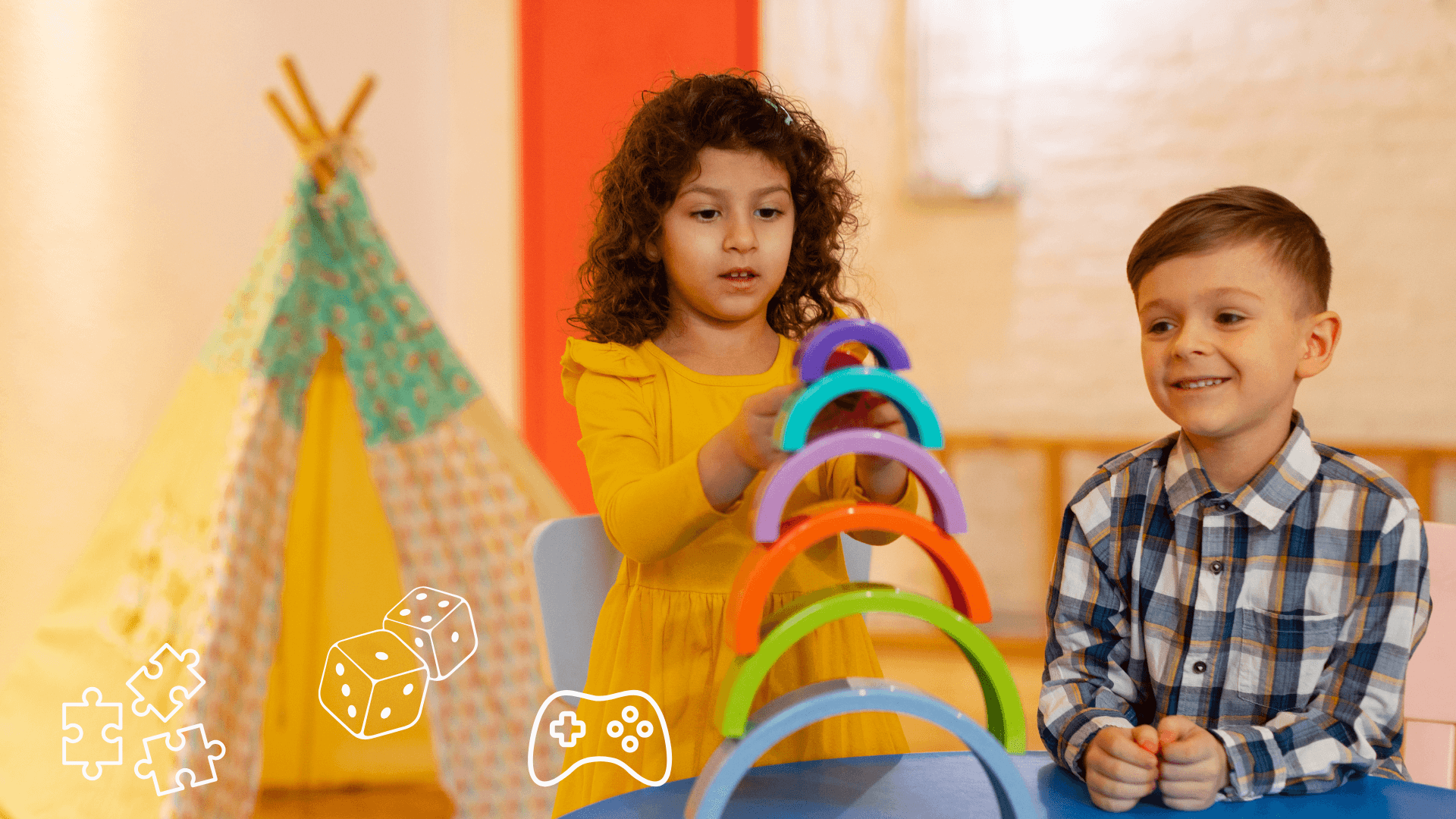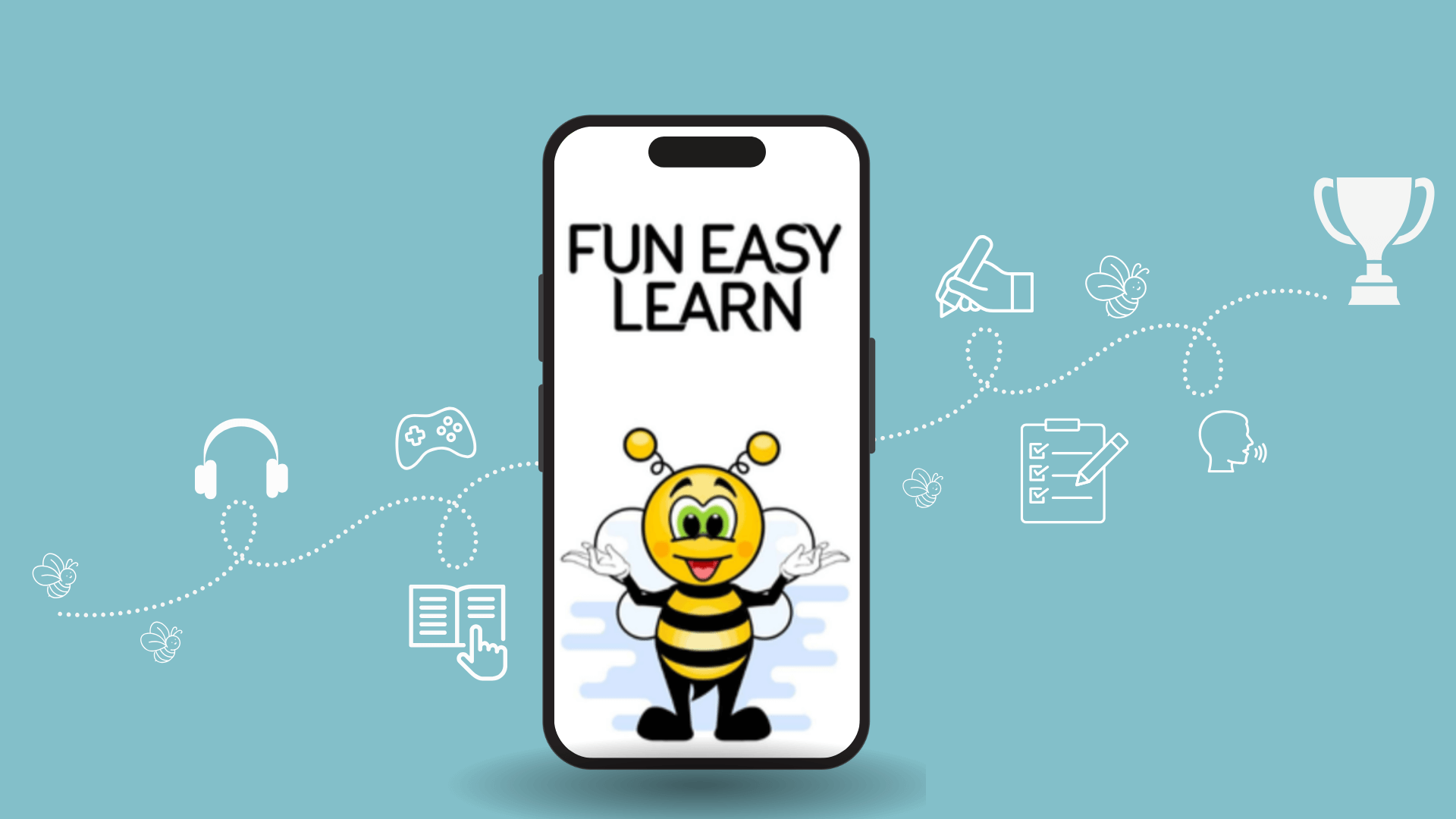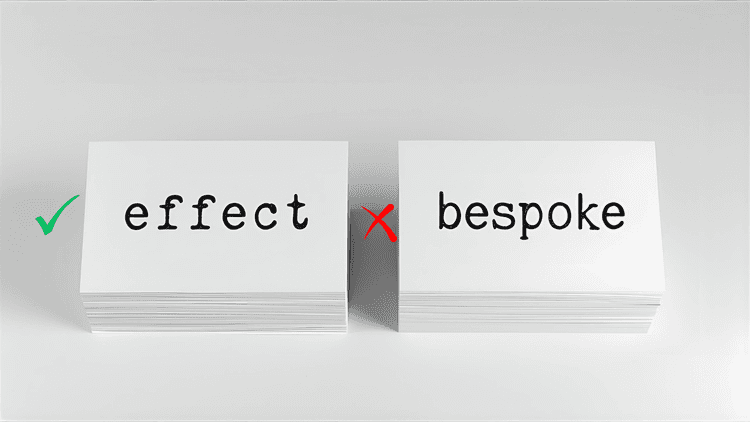Imagine your child confidently greeting a new friend in Chinese or solving puzzles with a sharper mind, all before age 10. Early language learning unlocks cognitive growth, cultural fluency, and a lifelong love of languages. The sweet spot? Ages two to seven, when young brains are wired to absorb new languages effortlessly, thanks to their brains' high neuroplasticity. As parents and educators embrace this trend, here's why and how to spark your child's journey to think, speak, and grow through language learning.
The Advantages of Early Language Learning
Early exposure to a second language bears long-term benefits for a child. The brain of a young child has high neuroplasticity. That means it's highly flexible, and new neural pathways form easily. For that reason, kids learn languages more easily than grown-ups. A mature brain naturally loses plasticity. Another perk young learners enjoy is a strong connection between the brain's two hemispheres. This bilateral engagement improves flexibility, which decreases after the age of 10.
Children learn grammar intuitively by observing and repeating patterns. And since the process is fun and almost effortless, young learners make fast progress. That early exposure to another language yields countless benefits for the child. Among them, improved memory, better problem-solving skills, creativity, cultural understanding, and the priceless ability to learn even more languages are worth mentioning.
Improved cognitive abilities
Young bilinguals and polyglots sign up for multiple academic benefits and employment opportunities later in life. Besides linguistic skills, they also get stronger cognitive performance, including improved memory, critical thinking skills, and more.
According to research, using vocabulary in more than one language positively impacts memory. It trains the brain to retain the new information for longer. On top of that, early language learning is linked to creativity, mental flexibility, and critical thinking. Due to improved cognitive abilities, children who speak multiple languages from an early age have better academic performance and are better at multitasking later in life.
Cultural literacy
Language learning ensures a better understanding of cultures. As children learn about the differences between their native and target cultures, they develop cultural awareness. That is one of the most sought-after skills in today's globalized world. Reading social cues in different cultural contexts makes one a valuable asset in most businesses.
Stronger learning potential
Acquiring a second language as a kid sets a strong foundation for successful learning later in life. Once a child learns a second language, they are more likely to master more languages throughout their lifetime. It's a matter of habit. Young learners get an intuitive grasp of grammar and are better at building a robust vocabulary. Early exposure to a foreign tongue thus leads to better linguistic proficiency. Moreover, the skills impact subjects beyond language learning.
Engaging Kids in Language Learning - Practical Tips

Encouraging children to learn languages is relatively easy. One thing to remember is that kids learn through play. Therefore, forcing language learning in a strict academic style is not recommended. Gentle encouragements, aligned with the child's natural interests, work best. Find below a few helpful tips to foster language education from an early age.
Learn by playing
The golden rule is that language learning should be fun. Children learn best in a stress-free environment, through play. Games, puzzles, songs, poems, and flashcards are all excellent means to keep young learners entertained. Make sure they connect with a kid's interests. If they like listening to stories, play some stories in the target language. Have them watch a translated version of their favorite cartoon. If they have a favorite toy, use it to teach them vocabulary, from car parts to basic anatomy, colors, directions, and more.
Speak a new language with confidence!
Build fluency faster with FunEasyLearn — just 10 minutes a day is enough to make real progress.
Set a learning routine
Habit-forming is essential when building skills. Dedicate 10-15 minutes a day to language-learning activities. Typical examples are watching a cartoon in the target language, reviewing vocabulary from flashcards, and singing a fun song. Integrating bite-sized learning into a child's routine builds their fluency one day at a time.
Immerse them in the target culture
While children intuitively learn about the target culture, showing them real-life examples is essential. They will mimic not only the pronunciation and intonation, but also pick up social subtleties. Children ages five and seven can grasp socio-cultural differences in other languages. In other words, that's when they start to understand context, traditions, and social norms in different cultures.
Turn screen time into learning time
If you find a child-friendly app, screen time can be useful. And the best part is that it doesn't feel like learning. Interactive content stimulates auditory, visual, and tactile receptors, ideal for different types of learners. This solution is excellent for learning on the go, when a child is bored and away from their toys. Older children can practice regularly with an app instead of playing games or mindlessly scrolling.
Celebrate milestones
Children are highly motivated by positive reinforcement. Praising them for their effort to learn is essential. Rewarding children for learning is beneficial for their academic future. Give them a star and tell them "Good job," even if they made mistakes. You're raising a better learner by choosing to point out what they're good at instead of their flaws.
Empower Young Learners with FunEasyLearn

The language learning app FunEasyLearn transforms screen time into a fun, educational adventure for kids. Once activated, the Child Mode ensures safe content for children under 13. The application offers a wide range of options with 34 language courses from 62 native languages. Parents can trust that their kids learn in a distraction-free environment, even offline, perfect for car trips.
🎮 Unleash Curiosity with Playful Learning
FunEasyLearn’s 30+ interactive games and 11,000 colorful illustrations make building vocabulary a joy. Imagine your child giggling while matching Spanish words to pictures! Speech recognition helps them mimic native speakers, refining pronunciation effortlessly. For non-readers, games like Vocabulary and Listen & Choose are ideal. The Hands-Free mode lets kids learn on the move.
🎁 Test it out for FREE
Download the app for children to use. Enjoy a limited vocabulary, zero ads, a convenient offline mode, and access to all courses. Moreover, your child can earn a one-month Premium subscription by playing every day and paying with 20,000 flowers - the in-app currency. That's a way the app keeps language education accessible for anyone.
📆 Build Fluency Every Day
Set a reminder to introduce language learning into your child's daily routine. Progressing through the 10 proficiency levels from beginner to advanced, kids learn at their own pace, without pressure. Bite-sized lessons are incredibly efficient for forming long-lasting habits. Those, in turn, are indispensable in academic and work-related environments.
⚙️Adjust the Games to Your Child's Needs
If your child can't yet read to use language learning apps, limit the games to Vocabulary and Listen & Choose. That way, a kid can associate the words they hear with the images they're paired with. The Hands-Free, a premium feature, eliminates the need to read the new terms. That allows children to be physically active while learning or reviewing vocabulary.
💹 Track Progress and Motivate
Parents can monitor progress, seeing how many words their child has mastered or which languages appeal to the young learners. Bite-sized lessons fit into daily routines, fostering habits that support school success. Positive reinforcement, like progress trackers and rewards, keeps kids motivated, removing stress and frustration.
Ready to unlock your child’s language superpowers?











